We're the Whalers
1970’s- As we crowded onto the wooden bleachers lining the walls of what we referred to as Pierson’s “new gym” enthusiastic cheers erupted from the crowd-shouting and stomping, “We’re the Whalers’, We’re The best” that in itself could summon a blog or two. We were the whalers-we are the whalers-and we have worn that logo and that title with a certain subtle pride of where we came from- and who we are.
…….
Though my ancestors immigrated to Sag Harbor several decades after the Whaling Era had ceased-I never thought too long or too hard about what all of that meant. I mean, I did serve as trustee of the Sag Harbor Historical Museum for a number of years and know a bit about our story- and though painful fragments of our countries past can rouse tears-I just accepted the whaling industry as a part of that story-a time when perhaps they did what they had to do to survive-when they needed what they needed to light their living rooms and button their corsets and trousers - to persevere in a developing country- when whales were seen as industrial resources rather than living creatures. The whalers, who rest at the bottom of the sea - as well as the depleted and endangered whale population-suddenly came into view. It is estimated that between 20,000 to 50,000 people died in the whaling industry worldwide-though no exact records were ever kept-and in the 1800’s approximately 200,000 t0 300,000 whales. If including whales killed in the 1900’s the number of whales slaughtered rises to estimates of nearly 3 million. Our vibrant and bustling village grew wealthy and many of our historic treasures- homes and buildings- were propagated from the wealth of the whaling industry. This indeed came at the expense of the loss of life of both whaler and whale.
By the 1870’s, due to the discovery of petroleum and the declining whale population, the village experienced a significant economic decline. The gold rush also drew thousands of seamen and whalers to the west coast adding to this downturn.
I met someone this past week who reminded me of the cost of this harrowing past. I had conveniently disengaged the name from the action-tucked it away-chalked it up to our history- separated want from need- would we do the same with the many other elements of historic heartbreak?
I imagine it is part of the evolution of consciousness- we have grown more aware of the scars we have quarried upon the earth, her creatures and each other. We reckon ourselves to the injury of the past and relegate it to a hope for the future. Perhaps the most effective strategy is that we learn from history-to pray that certain aspects of it are never repeated- and that the new way of knowing and being and reaping can disavow the pillage of the past and replenish the earth for the future. Perhaps our whaling past has made us more attuned to the beauty of the whale and the need to help preserve them. And the excitement we feel when seeing a whale offshore while at the ocean helps to fuel this hope.
So, as we celebrate our heritage, we do so with an understanding of this growth- aligning ourselves with the truth and the needs of the planet. We don’t choose the door from which we enter the world but perhaps the view can keep us engaged in the preservation of these majestic and beautiful fellow travelers - ocean guardians. The relics that we treasure, remind us of how far we have come and where we are headed. A stepping stone or leap into our role as stewards of the planet and all of her creatures…including each other.

